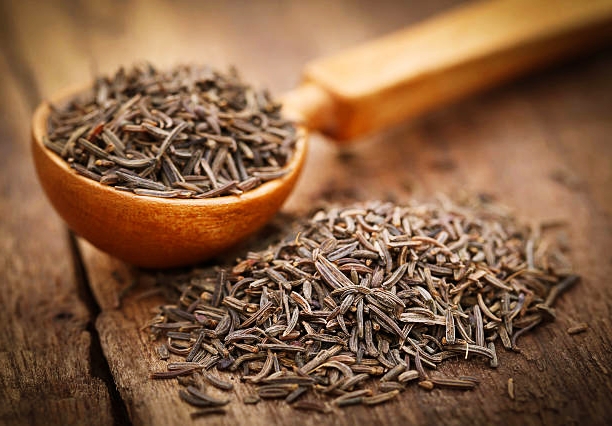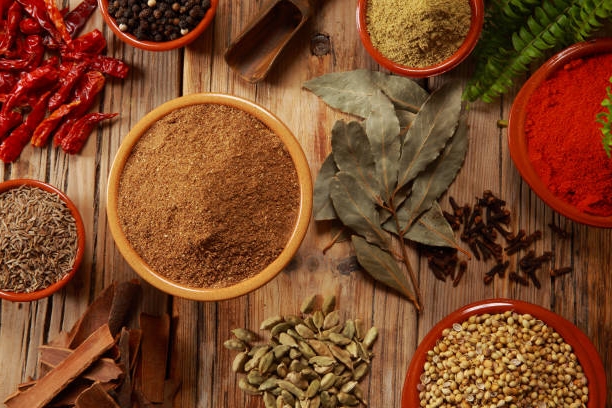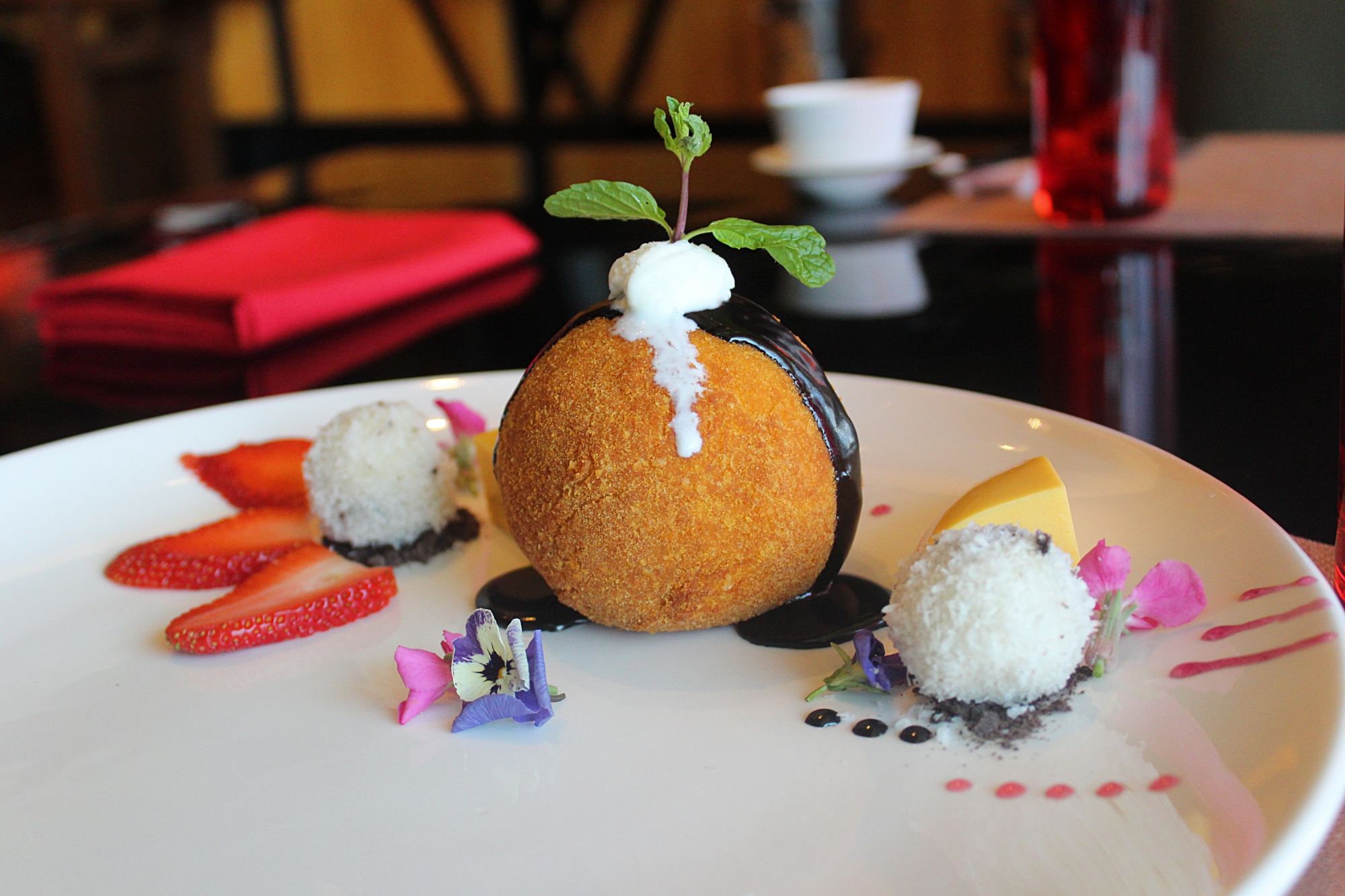What is Cumin and How to use it?
Cumin is a popular spice used in a wide variety of cuisines around the world. It has a distinct flavour and aroma that can add depth and complexity to dishes. Its popularity comes from its rich history, nutritional benefits, and versatility of use. In this blog post, we will discuss the history of cumin, its nutritional benefits, different forms of cumin, and how to use cumin in cooking.
Table of Contents
What is Cumin?
Cumin is an aromatic, small, dried seed that is used as a spice in a wide variety of culinary dishes. It is native to Southwest Asia and the Mediterranean region and is a member of the parsley family. Cumin has a strong, pungent flavour and is used in many savoury dishes, including curry, chilli, and stews. It is also used as a seasoning for breads, vegetables, legumes, and meats. Cumin is high in iron, calcium, magnesium, phosphorus, and other minerals and contains essential oils that are beneficial to health.
History of Cumin Use
Cumin (Cuminum cyminum) is an aromatic spice that has been in use for thousands of years. It has been found in the ruins of ancient civilisations, including the Egyptians, Greeks, and Romans. Cumin has also been mentioned in the Bible in both the Old and New Testaments. Throughout history, cumin has been used in traditional dishes and as a medicinal remedy.

In the Middle East, cumin is commonly used in stews, soups, and curries. In Indian cuisine, cumin is used to flavour many dishes and is even used to make a popular tea. In Latin American dishes, cumin is often found in tacos and burritos. Cumin is also used to flavour sausages, cheeses, and pickles. In many cultures, cumin is used as a remedy for various ailments, including digestive troubles, insomnia, and even asthma. Today, cumin is still a popular spice and continues to be used in traditional dishes around the world.
Nutritional Benefits of Cumin
Cumin is a widely used spice that adds flavour to many dishes. Its distinct flavour and aroma have made it a popular ingredient in the cuisines of many countries. In addition to providing flavour, cumin can also offer several nutritional benefits. Cumin is low in fat and high in fibre and protein, making it a great addition to a healthy diet. It is a good source of essential vitamins and minerals such as iron, zinc, magnesium, and vitamin B6. Cumin is also rich in antioxidants, which can help protect the body from oxidative stress.
The anti-inflammatory properties of cumin can help to reduce inflammation in the body and promote a healthier digestive system. Studies have shown that cumin can help lower cholesterol levels and improve blood sugar levels, making it a great choice for those with diabetes. Cumin is also rich in essential oils and phytochemicals that can help fight off bacteria and viruses. It can also help to boost the immune system and protect against many illnesses.
In summary, cumin is a great addition to any diet. It is low in fat, high in protein and fibre, and rich in vitamins, minerals, and antioxidants. It can help to improve digestion, reduce inflammation, and boost the immune system, making it a great choice for those looking for a nutritious addition to their meals.
Different Forms of Cumin
Cumin is an aromatic spice that is commonly used in Indian, Middle Eastern, and Mexican cuisine. It is a popular ingredient that adds an earthy, pungent flavour to dishes. Cumin is available in a variety of forms, including whole seeds, ground powder, and oil extract. Whole cumin seeds are often toasted in a pan before being added to dishes, while ground cumin powder is a more convenient way to add the flavour to dishes. Cumin oil extract is used to produce a concentrated flavour that is often used in marinades, sauces, and dressings. Cumin is a versatile spice that can be used to enhance the flavour of countless dishes.
How to Use Cumin in Cooking
Cumin is a popular spice that is commonly used in many types of cooking. It has a strong, nutty flavour that is often used to add depth and warmth to dishes. It also has many health benefits such as aiding digestion and helping to reduce inflammation. When using cumin in cooking, it is best to toast it first. Toasting the cumin will bring out the flavour and make it more fragrant. To toast cumin, heat a dry skillet over medium heat and add the cumin. Toast the cumin for a few minutes, stirring often.
Once the cumin is fragrant and lightly toasted, remove it from the heat and let it cool. Cumin can be used in many dishes such as curries, stews, and salsa. It is also a common seasoning for vegetables, meats, and beans. When using cumin, it is important to remember that a little goes a long way. Start with a small amount and then add more if needed.
In conclusion, cumin is a common spice in many cultures, with a distinct flavour and a rich history of use. It is full of essential vitamins, minerals, and other nutrients, and can be used in a variety of forms. Whether you’re looking to add a flavourful kick to your dishes or gain some of the health benefits associated with cumin, this spice is an excellent choice for adding to your cooking.



